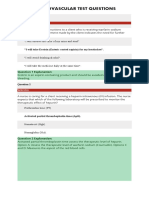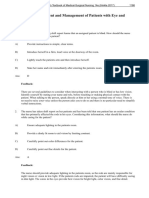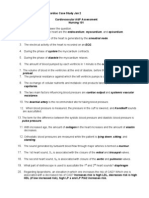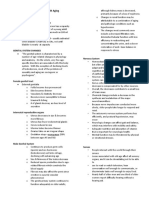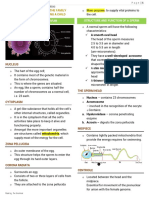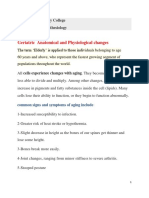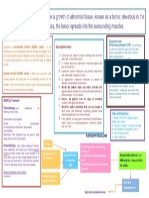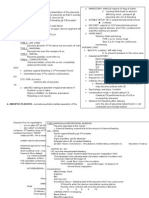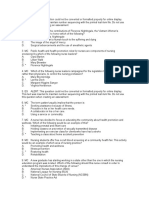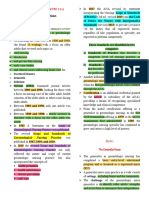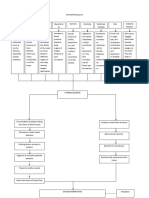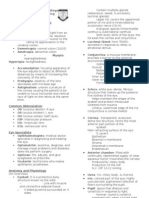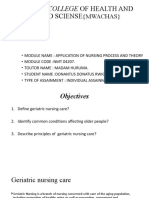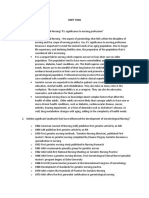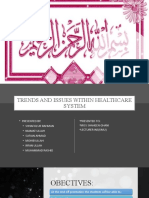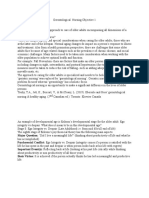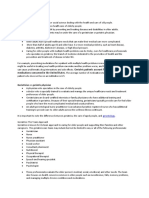0% found this document useful (0 votes)
195 views9 pagesBachelor of Science in Nursing NCMB 314 Care of The Older Adult
This document discusses trends in gerontological nursing education and long-term care of older adults. It outlines various certifications available for gerontological nurses including Gerontologic Nurse, Gerontologic Nurse Practitioner, and Clinical Specialist in Gerontologic Nursing. It also discusses financial gerontology certifications like Chartered Advisor for Senior Living, Registered Financial Gerontologist, and Certified Senior Advisor. Trends in long-term care settings and the growing need for long-term care due to an aging population are also addressed.
Uploaded by
13- DOCOG MA. ANGELICACopyright
© © All Rights Reserved
We take content rights seriously. If you suspect this is your content, claim it here.
Available Formats
Download as DOCX, PDF, TXT or read online on Scribd
0% found this document useful (0 votes)
195 views9 pagesBachelor of Science in Nursing NCMB 314 Care of The Older Adult
This document discusses trends in gerontological nursing education and long-term care of older adults. It outlines various certifications available for gerontological nurses including Gerontologic Nurse, Gerontologic Nurse Practitioner, and Clinical Specialist in Gerontologic Nursing. It also discusses financial gerontology certifications like Chartered Advisor for Senior Living, Registered Financial Gerontologist, and Certified Senior Advisor. Trends in long-term care settings and the growing need for long-term care due to an aging population are also addressed.
Uploaded by
13- DOCOG MA. ANGELICACopyright
© © All Rights Reserved
We take content rights seriously. If you suspect this is your content, claim it here.
Available Formats
Download as DOCX, PDF, TXT or read online on Scribd
/ 9




